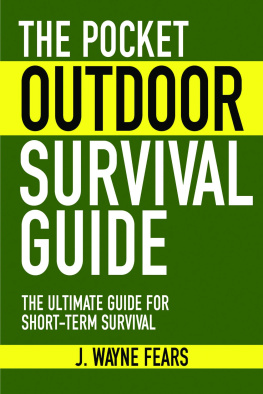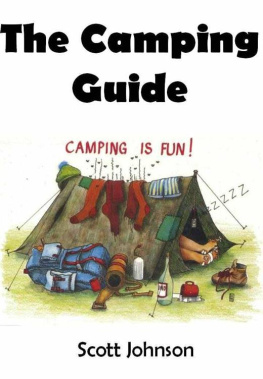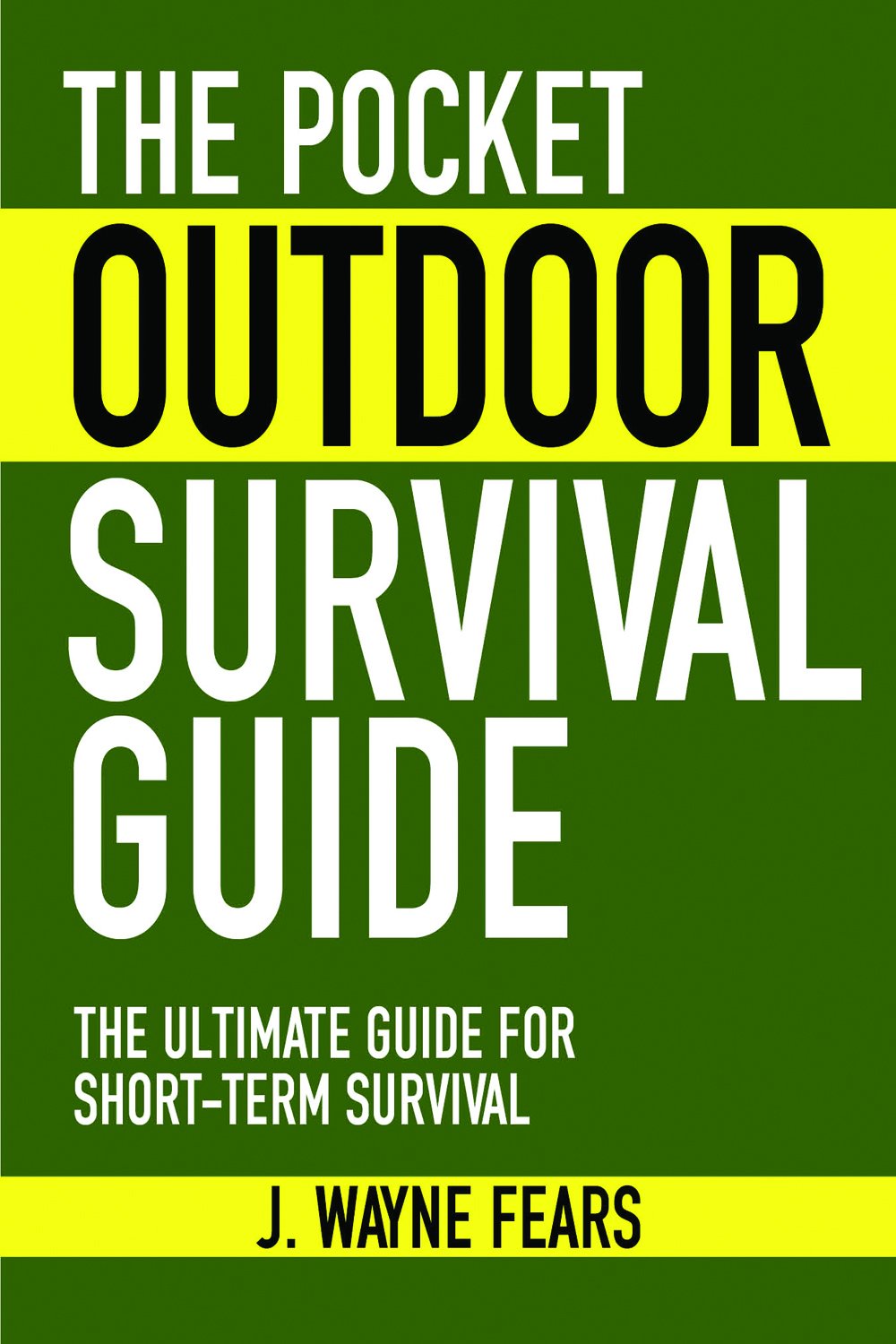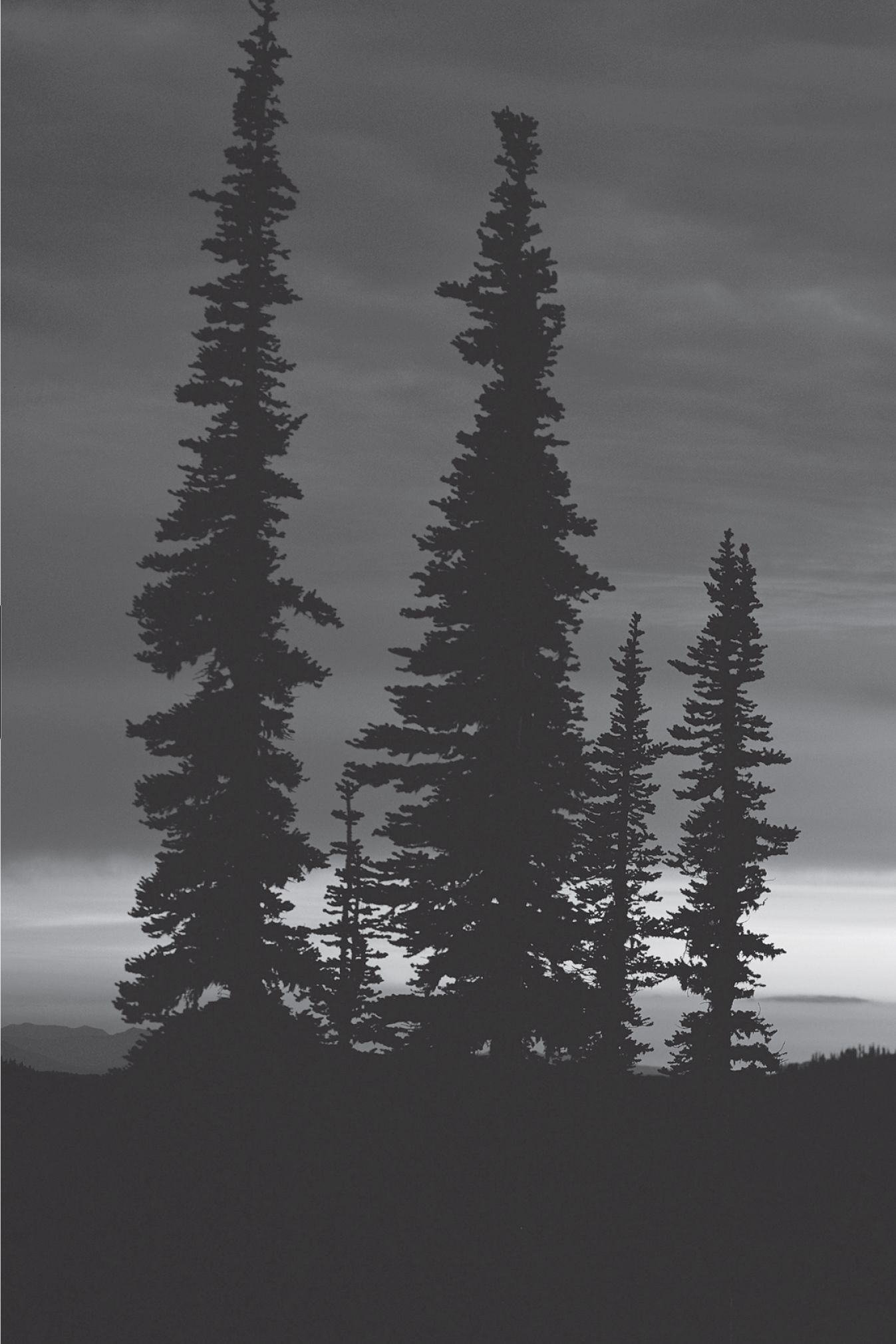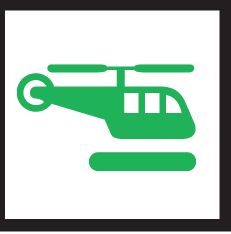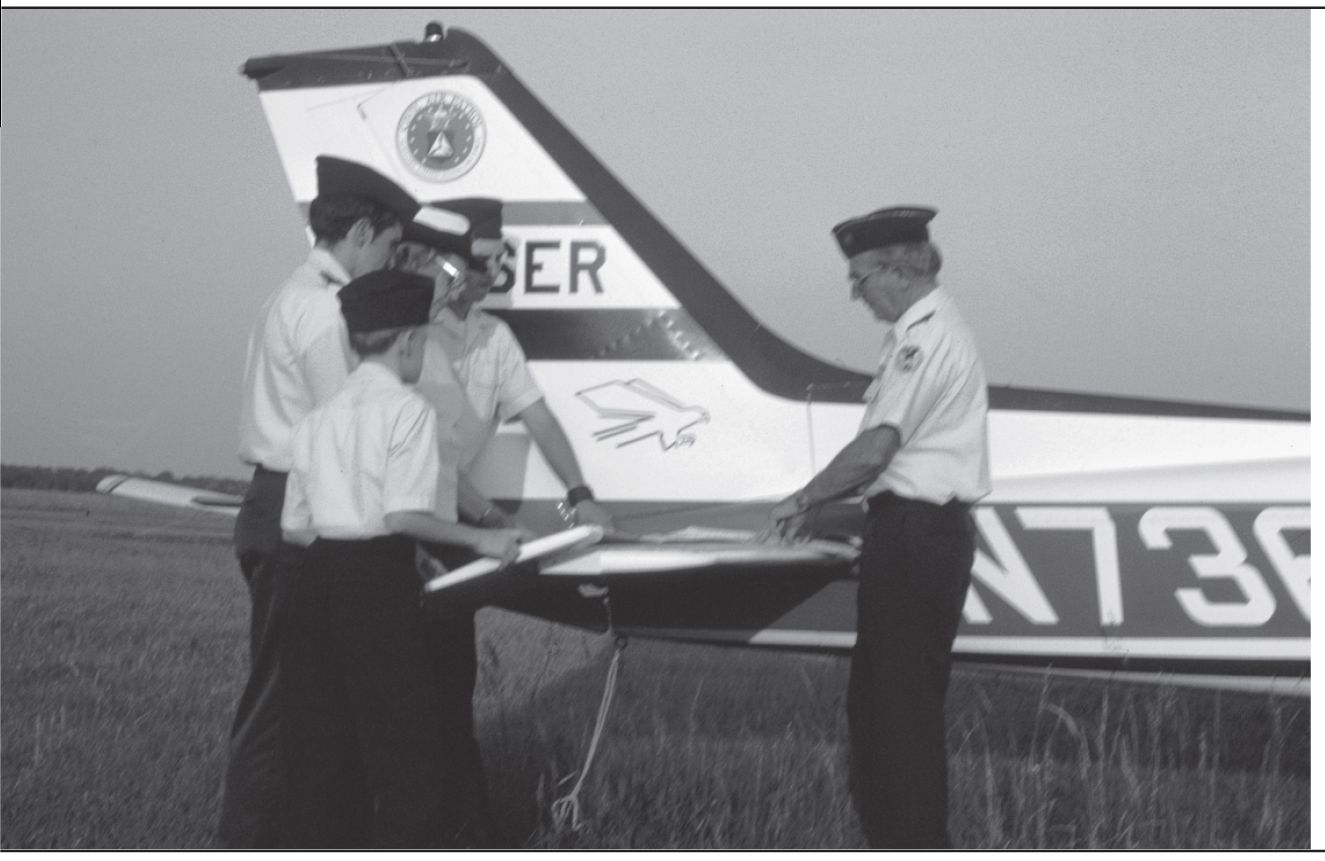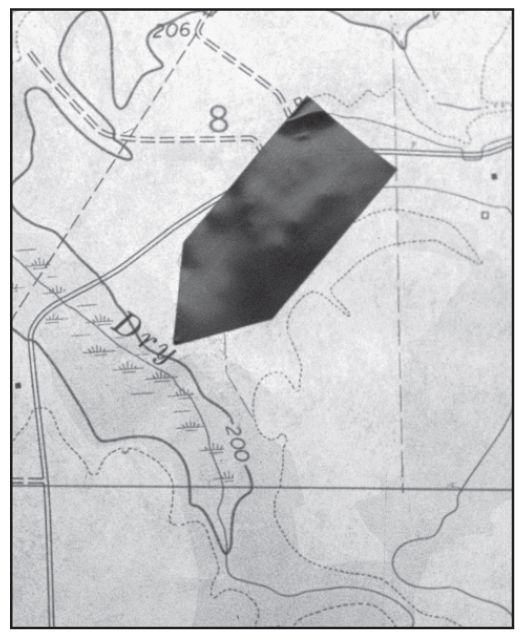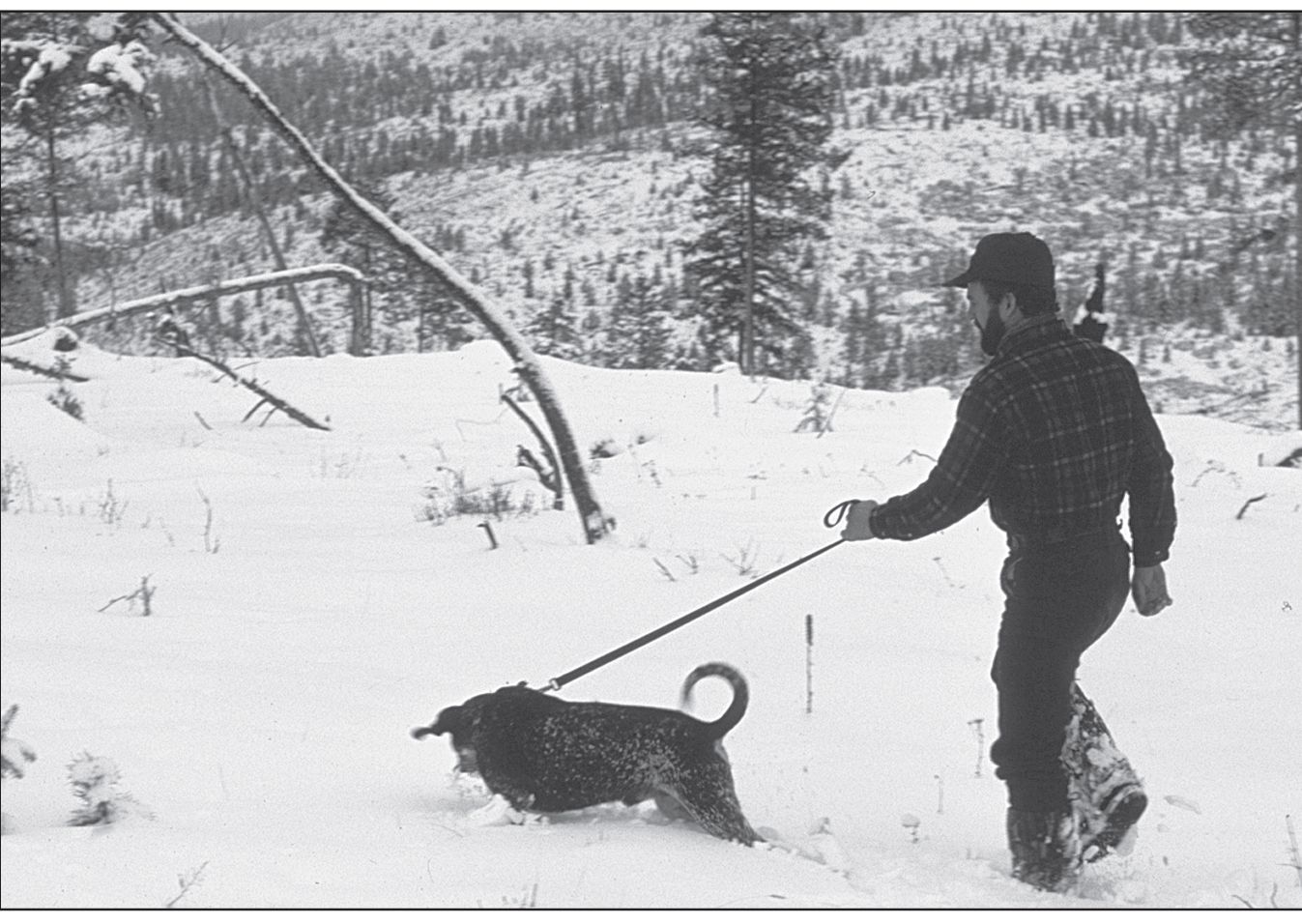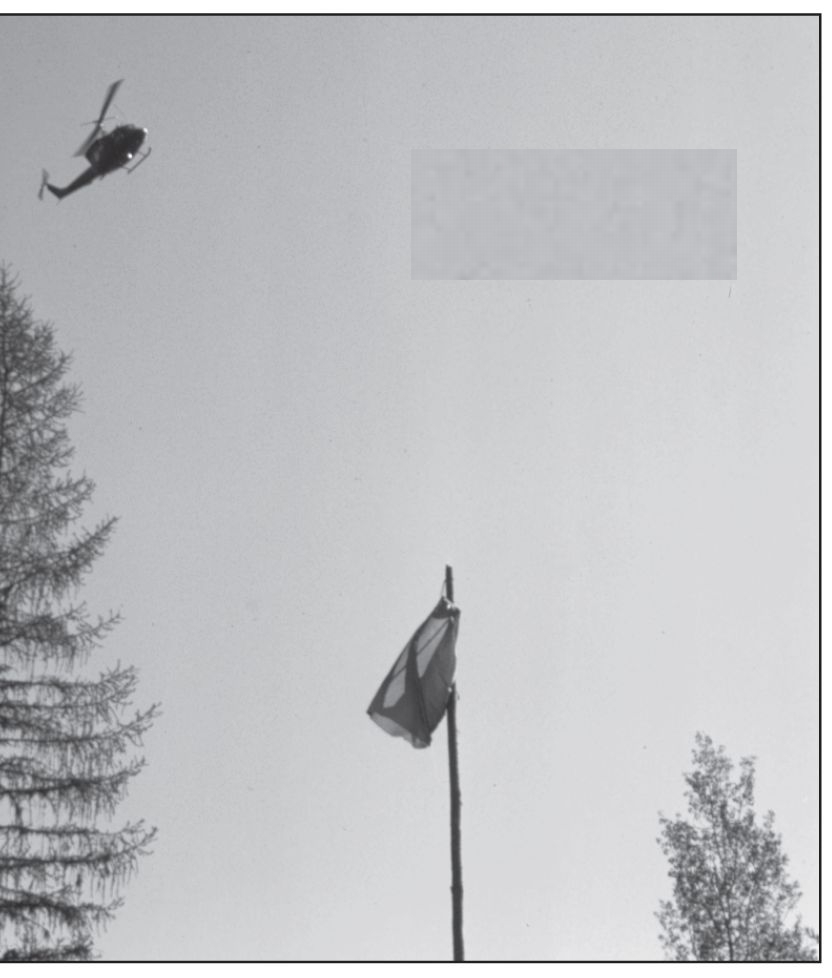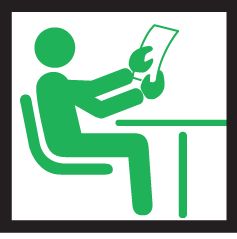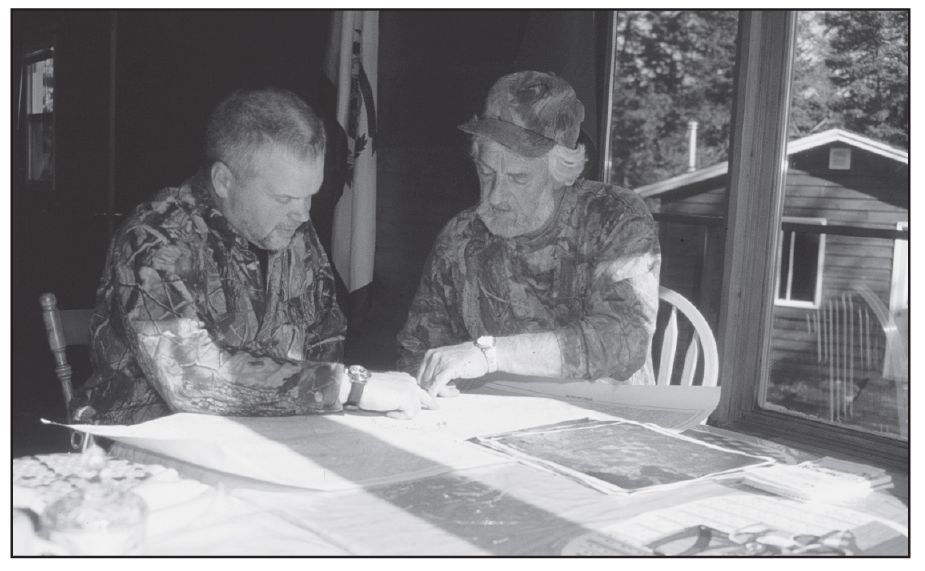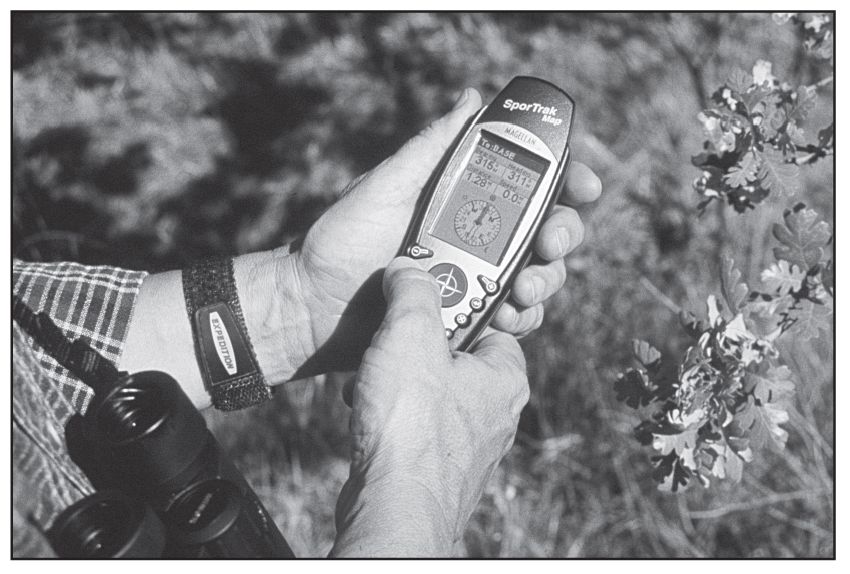1. SEARCH & RESCUE
If you have taken the time and precaution to file a trip plan with a responsible person before your outing, then should you not return on time, you will not go unnoticed for very long. This will begin a series of events that will result in your being rescued quickly.
One of the most common, and dangerous, fears most lost or stranded people have is that no one will know to come looking for them. If you have followed the steps in the next chapter of this book, then you can put this fear to rest; trained people will be looking for you soon. If you stay put once you realize you are lost, then it will take even less time to find you. Trying to walk out, panicking and running will work against you; and it will take much longer for rescuers to find you. For every hour a lost person walks, the search area grows four times larger. You should stay put and wait to be found!
Here Is How It Works
A search starts quickly when you are reported missing to local authorities. In most cases, this is the county sheriff, district forest ranger or conservation officer. In Canada it is usually the Royal Canadian Mounted Police. Today, many of these officers have received formal training in search and rescue organization and know how to respond quickly to a missing outdoorsman emergency.
When a missing outdoorsman report is turned in, the first thing that usually happens is a search boss is designated. This is someone with a lot of experience and training in backcountry searches. He organizes the search and establishes priorities. He will ensure that the site where the person was last seen is quickly protected, set up a search headquarters and interview those people who were last with the missing person.
Protecting the last seen area keeps wellmeaning people from destroying tracks and other important signs expert trackers will need for tracking the lost person.
The interview with the missing persons friends/family is most important, as this is where the search boss learns much about the missing person. If a trip plan has been left with someone, it will cut down on the time it takes to get an organized search started. They will have a good idea where to begin looking.
The search director will quickly establish the area of probability and the search will be centered there.
Early in the search, specially trained dogs may be used to trail the missing person. Two to four aircraft are used to quickly locate missing outdoorsmen.
The interviewer will be looking for detailed information on the missing person. The persons name, address, description, clothing worn, boot type (sole information is important to trackers), age, equipment he has with him, medical conditions including medications, experience in the outdoors, physical condition, personality traits, etc. All of this information is important to experienced searchers because it tells them a lot about where to look for the missing person.
Usually the first searchers to hit the trail include trackers with dogs and a hasty team. The hasty team is made up of highly specialized people who go into the most likely areas the missing person is believed to be. This is why it is important to stay put when you first realize you are lost.
At the same time, lookouts and road check teams are posted. Lookouts are located at observation points in the search area and road search teams ride roads near the search area looking for the missing person.
As quickly as possible, aircraft will be brought into the search; often aircraft with specialized equipment to electronically help find the missing person. At that point, the search boss may set up grid searches supervised by professionals and carried out using volunteers.
Many people who are lost fear searchers will only look a few hours then give up, thinking the missing person is dead. This is not true. Most search bosses estimate how long the missing person can survive under the conditions and then plan to search three times that long, if needed. Search efforts go far beyond reasonable expectations.
Lost and stranded people should never give up hope. The search will go on until you are rescued. How fast that search begins, however, depends upon how well you prepared before you went into the woods!
Aircraft are used to quickly locate missing outdoorsmen.

